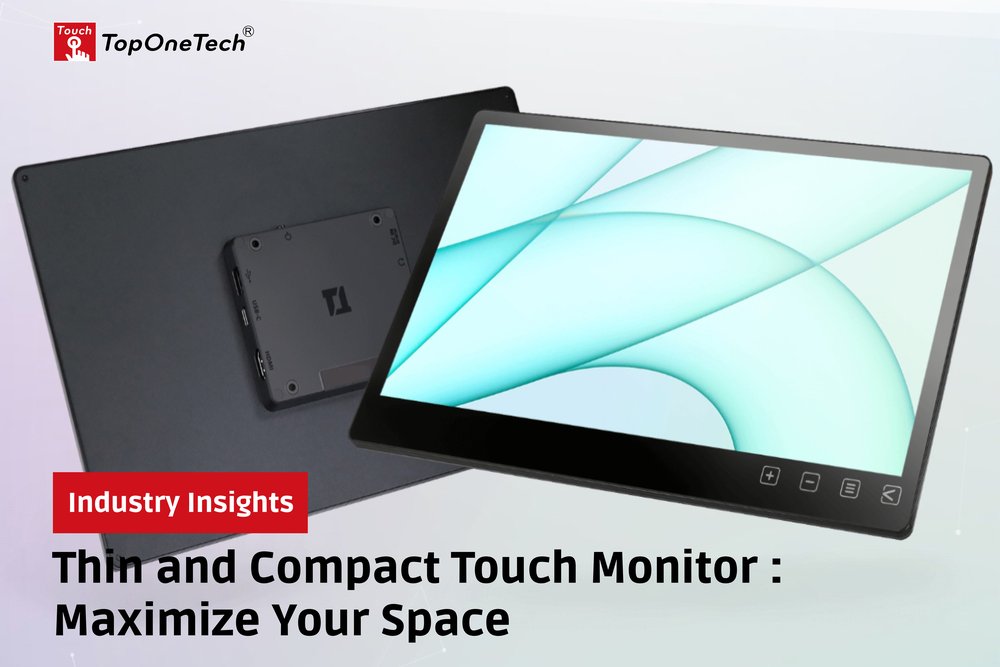
Information Kiosk Touch Display : Finding the Perfect Fit – Information kiosks have become an integral part of modern public spaces, offering quick access to a wealth of information and services. Furthermore, from airports to shopping malls, museums to hospitals, these interactive terminals provide users with valuable guidance, assistance, and entertainment. One crucial aspect of their design is the size of the touch display, which plays a pivotal role in user experience and functionality.
The Importance of Information Kiosk Touch Display Size
Moreover, the touch display serves as the primary interface between the user and the kiosk’s content. It’s the canvas upon which information is presented and interactions occur. As such, choosing the right size is paramount to ensuring usability, visibility, and overall effectiveness.
Factors Influencing Information Kiosk Touch Display Size
Several factors influence the selection of the touch display size for an information kiosk:
- Space Constraints: Additionally, the physical dimensions of the kiosk and its surroundings play a significant role. In compact environments, such as narrow hallways or crowded lobbies, people may prefer smaller displays to avoid obstructing pathways.
- Visibility: The display size must ensure that content is easily readable from various distances. In high-traffic areas or large open spaces, larger displays may be necessary to catch the attention of passersby and convey information effectively.
- Content Requirements: The amount and type of content to be displayed influence the optimal display size. Kiosks designed to showcase extensive maps, directories, or multimedia presentations may require larger displays to accommodate all information without sacrificing clarity or legibility.
- User Interaction: Give consideration to how users will interact with the kiosk. If the kiosk is primarily used for simple tasks like checking schedules or locating amenities, a smaller display may suffice. However, if users need to input complex information or navigate detailed maps, a larger display with ample touchscreen real estate can enhance the user experience.
Common Display Sizes
While there is no one-size-fits-all solution, several common display sizes are popular choices for information kiosks:
- 15-22 Inches: Compact kiosks or those with limited space may opt for smaller displays in the 15 to 22-inch range. These displays offer sufficient screen real estate for basic information dissemination and simple interactions while conserving space.
- 22-32 Inches: Mid-sized displays ranging from 22 to 32 inches strike a balance between visibility and practicality. They are versatile enough to accommodate various content types and interaction scenarios without overwhelming smaller environments.
- 32+ Inches: Large displays exceeding 32 inches are ideal for high-traffic areas or applications requiring extensive content presentation. These sizable screens ensure maximum visibility and engagement, making them suitable for wayfinding, advertising, and immersive experiences.
Conclusion
Furthermore, selecting the optimal touch display size for an information kiosk involves careful consideration of space constraints, visibility requirements, content complexity, and user interaction needs. By striking the right balance between these factors, kiosk designers can create engaging, user-friendly experiences that effectively deliver information and services to the public. Whether big or small, the touch display serves as a gateway to a world of knowledge and convenience, enhancing the way we interact with our surroundings in today’s digital age.
Top One Tech can customize information kiosk touch display for you. Contact us for further information :
Whatsapp/Call us at : +86 13631610695
Email : sales@toponetech.cn
See Also : Our Wide Range of Touch Monitor Products



